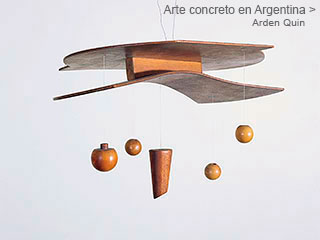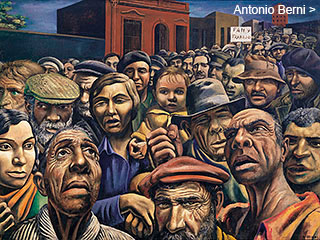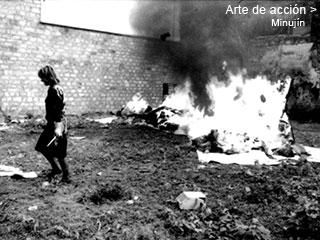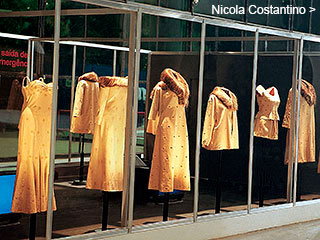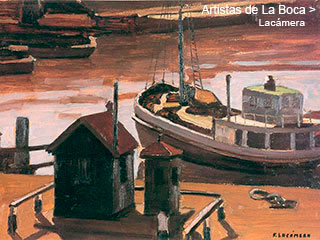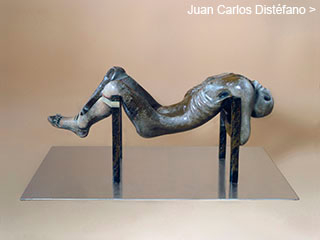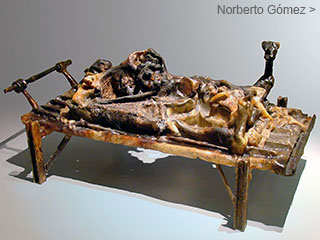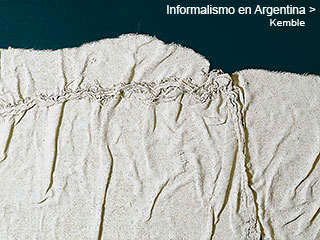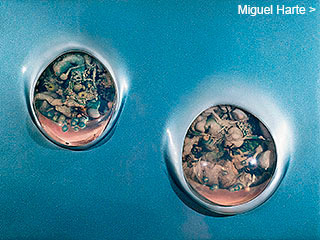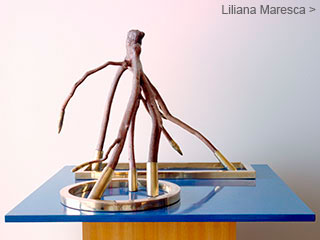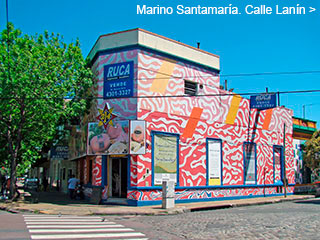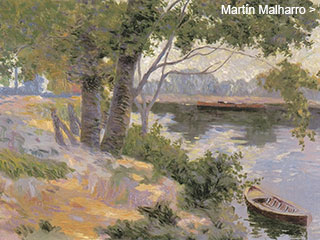Menú
Algunos dossiers
Juan Carlos
Distéfano
Distéfano
by
Adriana Lauria and Enrique Llambías
January 2003
January 2003
The dossier on Juan Carlos Distéfano spans from the time of his beginnings
as a painter to his recent works as a sculptor, a first for the CVAA. It covers
over forty years of his work and his commitment to art and reality. A special section offers a view on his work as a graphic designer, which he carried out mostly at the Di Tella Institute.
as a painter to his recent works as a sculptor, a first for the CVAA. It covers
over forty years of his work and his commitment to art and reality. A special section offers a view on his work as a graphic designer, which he carried out mostly at the Di Tella Institute.
1980
(1979), and On a road II and Person. Homage to Catalonia, from 1980. In the prologue, Jorge Romero Brest notes the integration of these sculptures with space and considers that there is more dynamism with respect to the ones exhibited in 1976, in which one can see a more monumental and hieratic conformation. He asserts:
“[...] as it is a sculpture with volume it integrates into space. It is perhaps this interplay between light volumes and barely connoted spaces which makes his figures so charming. Distéfano creates them isolated or in pairs, attached to the human body [...] Full of imagination to violate the physical reality, he never, however, gives in to a dislocated fantasy. One could say that he does not see the body but penetrates it, and he creates the shape from there, from inside out, as he uses the material”.
In Jump and Person. Homage to Catalonia, he uses for the figures –falling and levitating, respectively– transparent acrylic supports incorporated as planes in the composition of the sculpture. In On a road, the bodies seem to be sitting inside a car of which we only see the steering wheel and the windshield shattered by the masculine figure. The drama of the second version of the work –On a road II– focuses solely on this character, whose mouth makes an explicit howl. The represented fragments of the car merge with the clothing, imprisoning the body as a shroud, and the tension becomes extreme as he sits on an invisible support.
more


